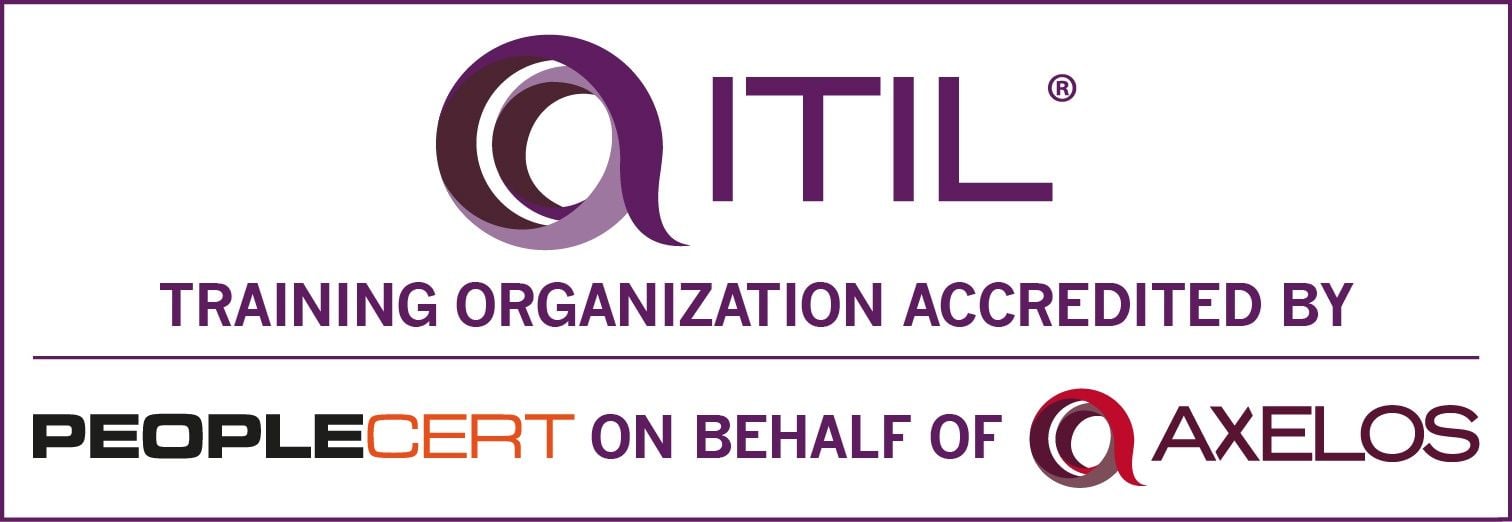Some Thoughts on Leadership in Service and Support
Excellence happens when service leaders have an aligned service strategy, a strong operational structure, and choose to purposefully support best practices. Here we give you some tips for how to assess your journey toward this pinnacle in management leadership.
In part 1 of this article, we discussed the importance of strategy when pursuing excellence in service and support. Here, we suggest some meaningful steps you can take to strengthen your leadership as a service and support manager.
The journey of becoming a meaningful and impactful service leader requires that you master leadership first. As a Service Desk Manager, I was thoroughly engaged in the day-to-day operations of my team. I always asked myself what the impact was when we were not prepared to do what we needed to do to support the business. I learned to empower my team to operationally deliver the strategy, services, and expected customer experience established in our goals, objectives and KPIs.
Keeping everyone accountable, engaged, and focused on this was the key to our continued progress and eventual success. Regular reporting and communication to all of our stakeholders was our opportunity to share our story and sell the value and business impact of our services. As time and progress continued, we expanded our audience, shared our story, and won a few service industry awards for being best in class.
Here are some tips to successfully implement this level of excellence. In the pursuit of operational excellence, be mindful to always:
- Know where you are. Assess your current performance around service strategy, structure, process, people, tools, and metrics.
- Track progress against the continuous improvement roadmap.
- Know where you are going. Envision that the end result is a core part of defining your service strategy.
- Determine the right outcome for the customer and the business.
- Know how you plan to get there. The continuous improvement roadmap is the result of your gap analysis assessment against your future state.
- Decide how you will get from where you are to where you want to be.
- Use established targets of success metrics positioned along the journey.
Take stock of your structure, people, processes, tools, and Key Performance Indicators (KPIs). The roadmap below visualizes your plan to address all of the gaps identified during your organizational assessment. It connects the dots between where you are currently and where you want to go strategically. The roadwork mantra for this effort is “Plan the Work/Work the Plan.”
Consider taking the following steps:
1. Develop a model for execution
Enlist a model for identifying the critical variables that define the priorities of the implementation plan.
2. Choose the right metrics
Select metrics that evaluate whether or not the implementation plan is succeeding.
3. Don't forget the plan
One way to keep the plan top of mind is linking the plan to the strategy supported by the executive sponsors.
4. Assess performance frequently
Monitor and hold people accountable for their performance.
5. Communicate
Hold regular updates for all engaged levels on the status and success of the execution of the implementation plan.
-----
Now that you have your service strategy and continuous improvement roadmap, it’s important that you gather feedback, suggestions, and insights from your customers. What really makes a difference is when the service leader commits to spending time with customers and frontline service personnel to learn more about them and how they understand their customers.
Exceeding customer’s expectations time and time again only happens when service leaders have an aligned service strategy, a strong operational structure, and purposeful support practices. Take the time to implement your strategy effectively - anything worth doing is worth doing right.

)
)
)
)
)
)
)
)
)
